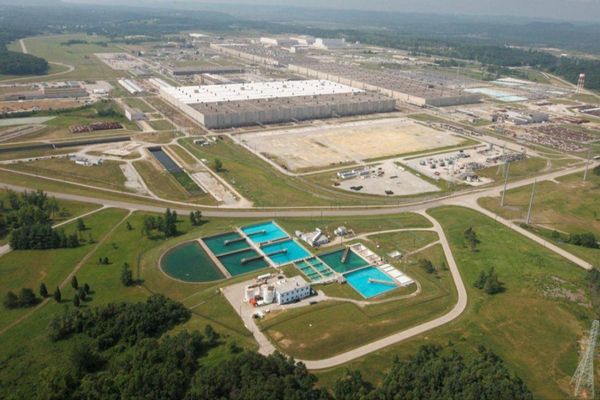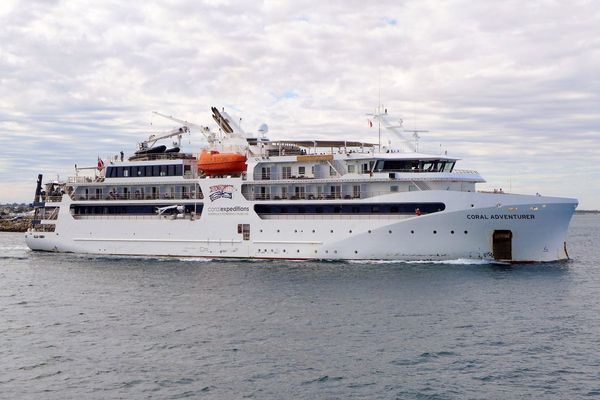
The deserted quarry above Llanberis in the Eryri national park, formerly Snowdonia, was once part of the thriving slate trade that shaped the social structure, the politics and even the creativity of the whole of Wales. The industry, a source of international pride for generations, has since become something of a post-industrial footnote. But now both the quarrying and “splitting” of Welsh slate are set to regain their historic status.
A grant made this summer is providing the means for the transformation of an existing museum at the foot of Wales’s tallest peak, Yr Wyddfa, or Mount Snowdon, that should put slate back at the centre of the country’s cultural story.
“Our National Slate Museum is already about the people and their culture and their families and their way of life, as well as about the survival of the Welsh language,” said Jane Richardson, chief executive of Amgueddfa Cymru – Museum Wales. “But we think there’s so much more we can do with it. The new funding is a milestone in the museum’s history that will enable us to connect with communities across Wales and the world.”
The slate museum, Amgueddfa Lechi Cymru, is receiving an initial £400,000 grant to allow it to plan an up-to-date visitor attraction that will serve as the core of the new Unesco world heritage site. Three years ago, the region – the Wales slate landscape – won this recognition for its role in “roofing the 19th-century world”. The new development money is designed to enable the museum to follow up by applying for a full grant of £9.4m to complete the job, and was part of a National Lottery Heritage Fund award of more than £15m going out this year to a range of industrial heritage sites across Britain.
Slate – ancient, strong, waterproof, yet light and easily cut – became an object of worldwide desire a century and a half ago and changed life in Wales. While the contribution of the coal miners of the valleys has been acknowledged for decades, the significance of the sudden popularity of fine-grained Welsh slate, formed 500 million years ago by the pressures inside vast volcanic slopes, has been comparatively ignored.
The scarred landscape left by quarrying remains dramatic evidence of an industry that, while it continues, is now greatly reduced in scale. A trade that once kept hundreds of thousands of workers busy, today employs mere hundreds.
A century ago, the Dinorwig miners walked in at dawn from surrounding villages, some travelling from as far as the Isle of Anglesey, and took up their axes on the section of rock, or bargen, on the slope terraces, or poncs, that had each been allotted to their family, like a strip of farmland. Dotted along them were shelters to hide in whenever the shouted warning of the next dynamite blast was heard. Regular payments of “the hospital shilling” funded a little on-site hospital for treating injured workers. It was the kind of insurance miners hoped never to draw upon.
The current slate museum opened in 1972, shortly after the quarry finally shut down, and it is housed inside the Grade I-listed Victorian workshops that prepared the slate tiles for sale. The site also contains a terrace of quarrymen’s cottages moved intact from neighbouring Bethesda, as well as working locomotives and the only functioning wagon incline track in Britain, not to mention the wow factor provided by a monumentally huge turning water wheel.
The curators plan to bring the workshops closer to their former operational state while allowing visitors to move through the site undercover – just in case the Welsh sun stops shining. The point, though, will continue to be showing how vital the quarries were to the area, driving the speedy development of the new villages and towns of north Wales.
When the Great Penrhyn Quarry strike blighted Bethesda, in the next valley, from 1900 to 1903, people starved and the community was left permanently divided. Now tourists swing across the quarry on a zip wire.
The miners’ canteens, or cabans, were the focus of quarry social life. These spaces helped to spread the Welsh language among those who came in to work from outside as demand for slate rose. “The rock doesn’t understand English” was a commonly used expression, urging incomers to quickly learn the local terms for the work they did. The cabans also fostered the sort of political and artistic exchanges now synonymous with Welsh culture.
Inside the high-beamed caban at Dinorwig, the quarrymen and slate splitters argued about politics and the growth of unionisation that was threatening the jealously guarded status of the self-employed slate miners. All the while, the workers drank tea made from an ever-boiling kettle known as “the fountain”. Across Wales, these rooms also became cradles of modern-era national poetry and singing, with quarry-wide competitive arts festivals, or mini Eisteddfod, regularly staged.
Next door to the caban, slate splitters used a technique passed down father to son, sitting on low wooden chairs knocking rock into shape with hammer and chisel, and then “dressing” tiles for sale. Elsewhere this work is now done by machine, but trickier pieces still require human skill. A deft splitter can read the slate and spot flaws in the grain. Water makes the tiles easier to split and damps down the grey dust that quarry owners once argued was so “beneficial” to health.
The slopes around Llanberis retain a shocking beauty that predates the day that two landed gentlemen first bought up and developed the local quarries. Dinorwig’s original owner, Thomas Assheton-Smith, is still referred to as the man “who stole the mountain”. It remains the sweeping romantic landscape captured in 1798 by JMW Turner in his painting of Dolbadarn Castle.
It is fitting then that the museum’s plans include the refurbishment of art gallery spaces. “Through the development of new creative spaces, we will bring the national collection and new exhibitions to north Wales for the first time,” said Richardson.







